Smooth chord changes on ukulele
Let’s work on building smooth chord changes on ukulele in this lesson.
Arpeggios
One of the most common things we play on ukulele is arpeggios. An arpeggio breaks up a chord into a series of notes played with the right hand. While the right hand is moving, the left hand holds down chords. But do you sometimes find that certain fingerings will suddenly trip you up and break the flow? This typically happens moving from one chord or one series of notes to another. All you really need is just a little extra time to get to the next part. But the problem is this extra time breaks the rhythm and flow of the music. Especially when we move from one block chord to another, where we have to move all our fingers at once, it’s easy to get stuck in place searching for all the notes.
Place left-hand fingers down when needed
The answer to the above problem is really quite simple: place your left-hand fingers down as needed instead of blocking out the chord shape. Smooth finger placement like this allows you to bring out one harmony or chord shape by playing each note individually and letting them ring together so there’s overlap.
Smooth finger placement exercise for ukulele
Let’s look at an exercise to practice this. First, we’ll play a G chord, and then we move to a C bar chord. Next, we change to and F-shape chord. Then we move back to the C chord and, finally, end with a normal G chord.
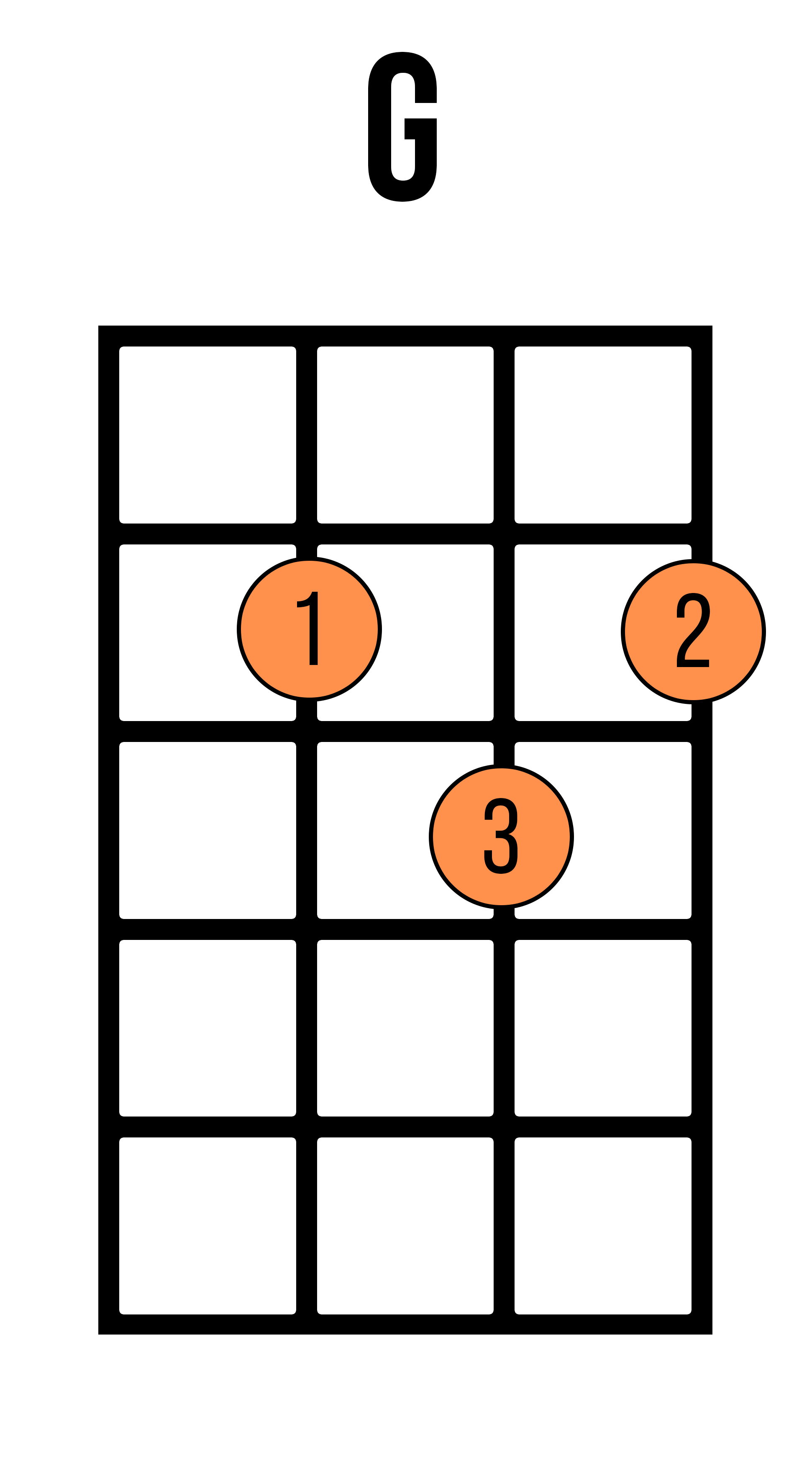
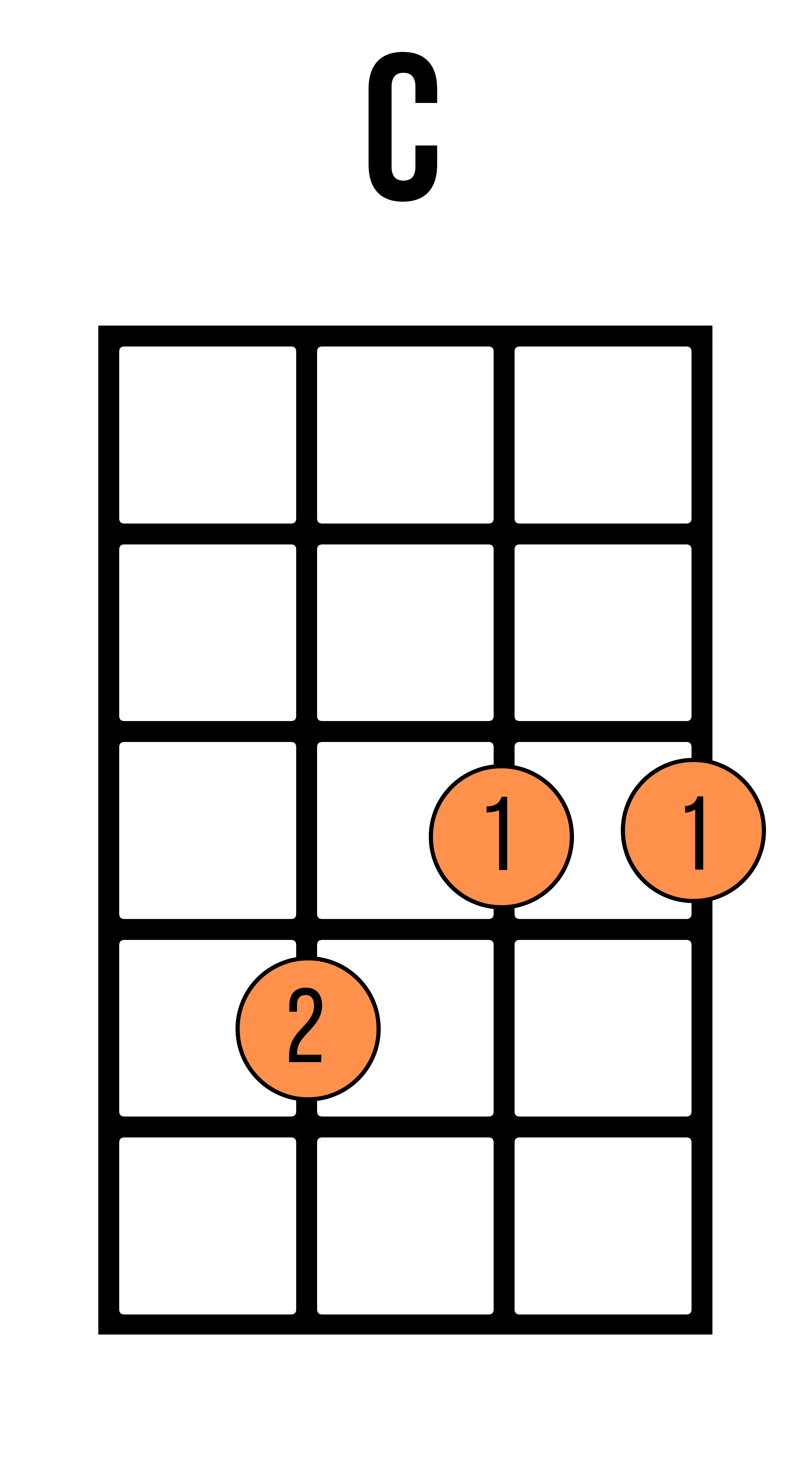
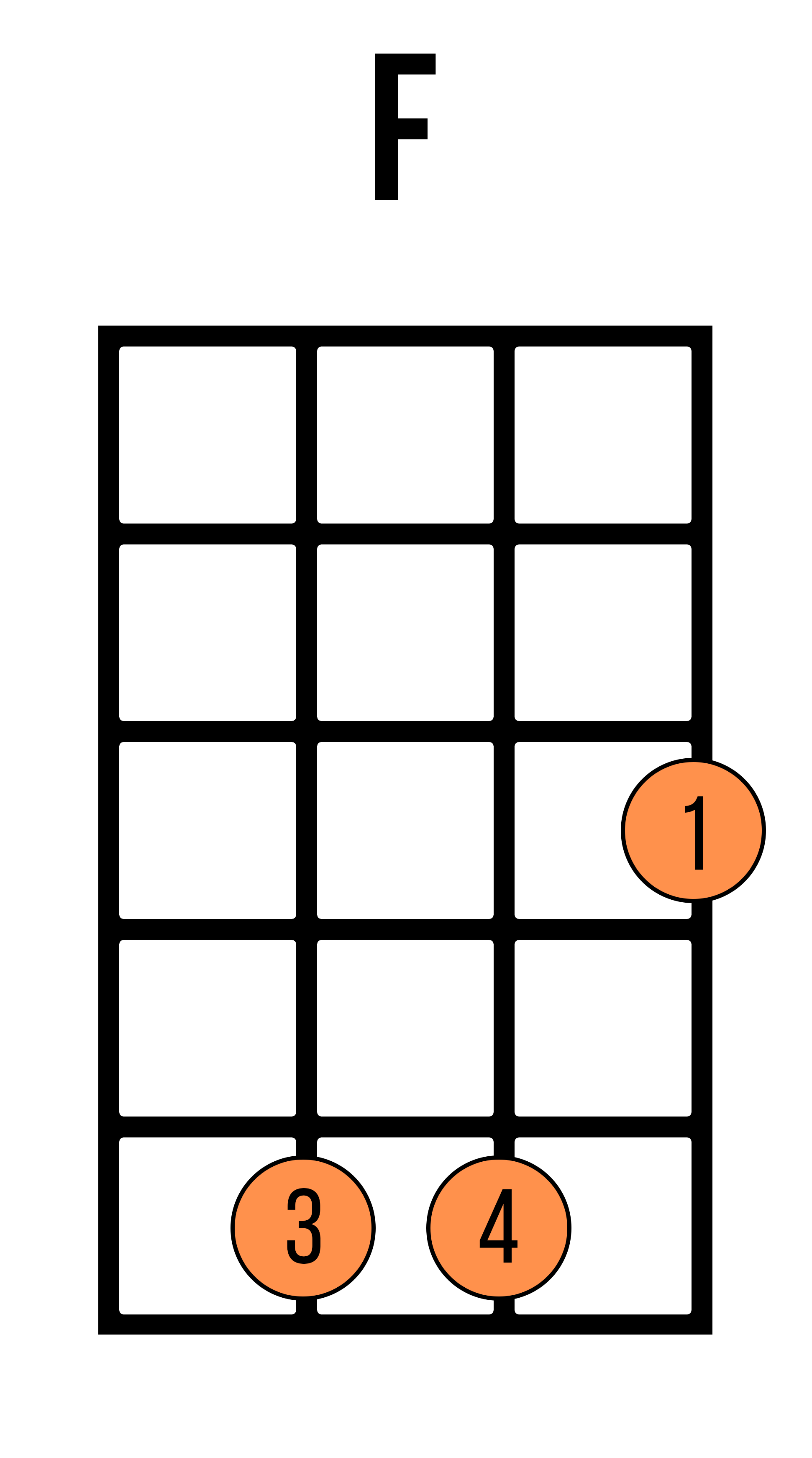
But we aren’t going to put all the left-hand fingers down at once and then shift to a new chord only when we have moved all our left-hand fingers to the next chord. Normally, that’s exactly how we would play this: we would move from one block chord shape to another to play these arpeggiated chords. But a much simpler way is to place your left-hand fingers down in succession as you arpeggiate with the right hand. Once the finger goes down it can stay on the fret so it overlaps with the other notes to get that ringing texture. So we’re not moving chord shapes around with the left hand, even though we hear these chord shapes. This really helps improve flow so you’re not hesitating moving from one chord shape to the next.
Now let’s change the right hand
And knowing naturally how to do this will take some time and then it will become subconscious and intuitive. Over time your fingers just know when they should go down on the frets based on your right-hand pattern. What we can do to learn this, though, is to actually mix up the arpeggios in different ways with the right hand. You’ll see that you might change the order of left-hand finger placement depending on the order of the strings being played in the right hand.
So let’s play that first G chord first by playing the first string, then the third string, then the second string, and finally back to the first in the right hand: m, p, i, m. With that right-hand pattern, you’ll first put down your second finger in the left hand, then the first finger, and finally the third. And you might wonder, well, why would you do that? You’re just playing a G chord. Why not put all the fingers down at once? Because it will give you a little extra time. That extra split second that you have to place the next finger in succession will be the difference between keeping the flow of the song going or having a break in the sound.
Some variations
So try this same chord progression out with different right-hand patterns, which will change the order of succession your left-hand fingers need to go down. Each new pattern in the right hand will challenge the coordination of your left hand.
In fact, you can practice this placement randomly as well to see how well your left-hand fingers can keep up. You still want a ringing arpeggio texture where the notes overlap, but each finger should go down only as needed.
***
We hope you enjoyed this technique tip! Looking for more technique lessons like this? Check out our Technique Resources page for more.
We also have a full progressive curriculum that will guide you through technique from the fundamentals up to advanced playing at Ukulele Corner Academy. Go here to learn more and join Ukulele Corner Academy today.

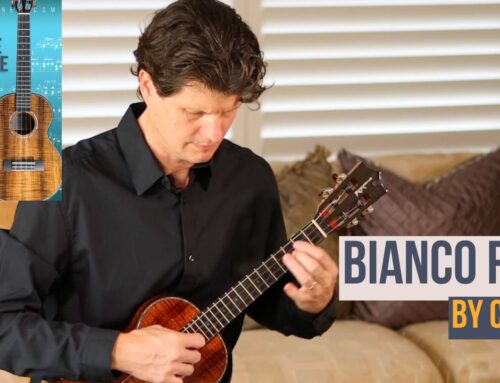
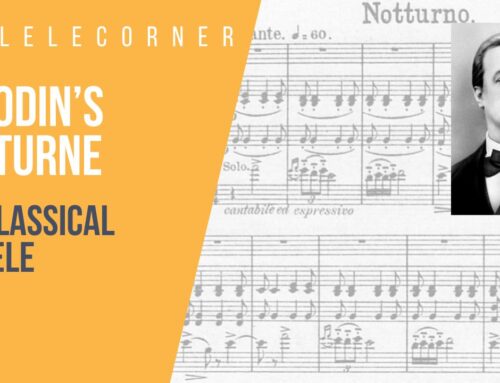

Mahalo Jeff, good lesson valuable tip!